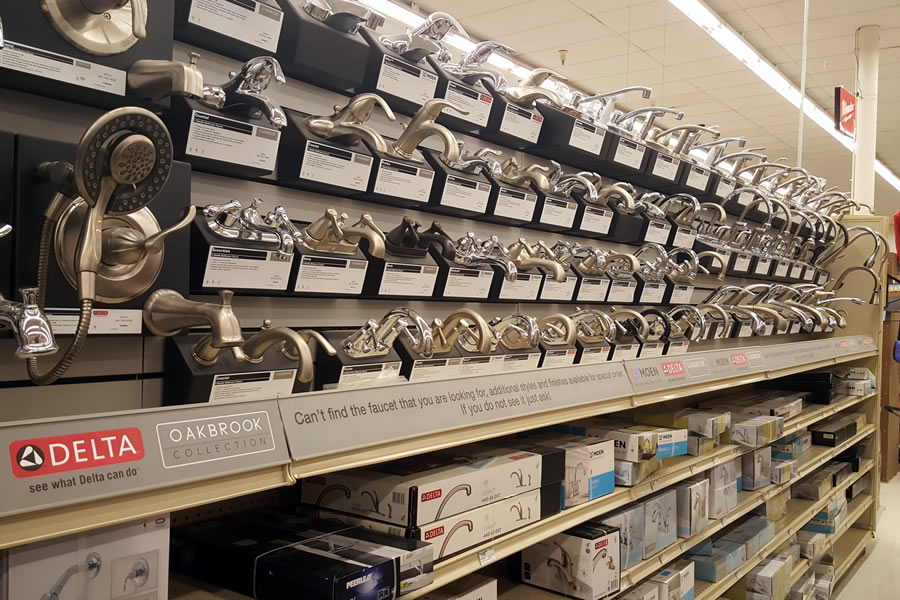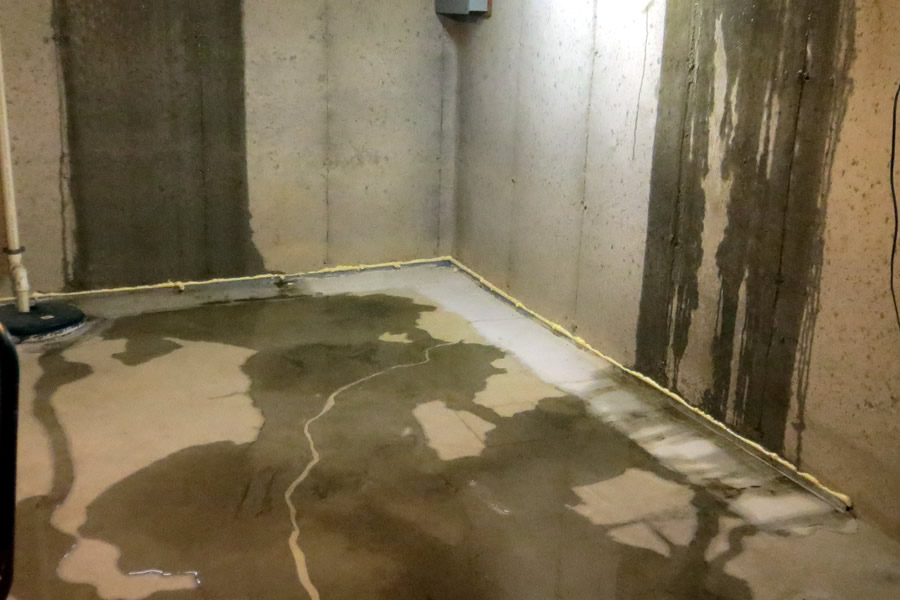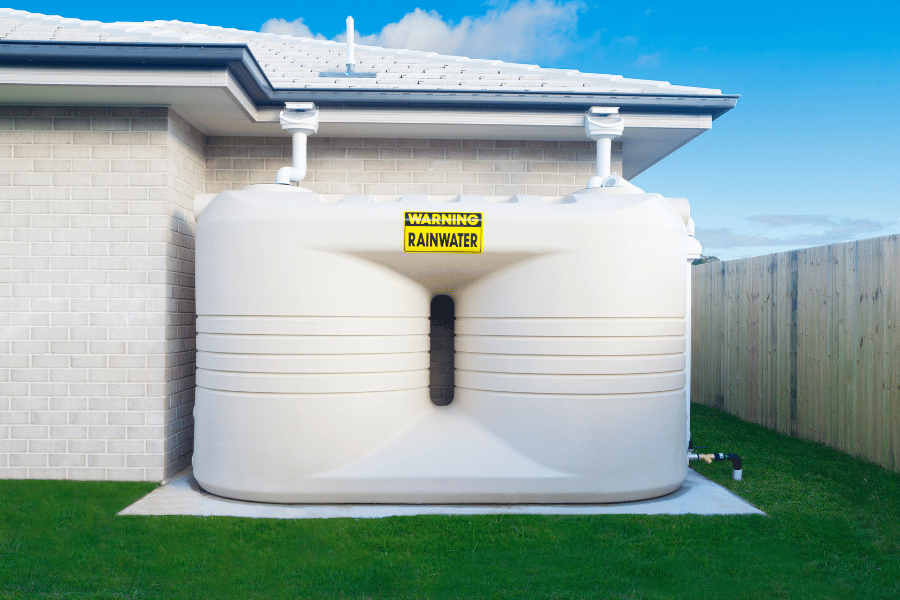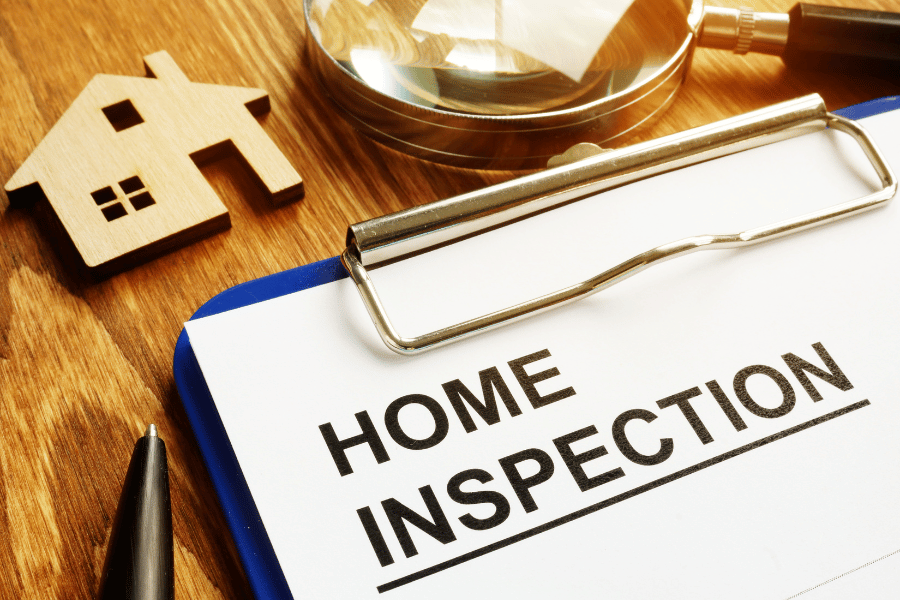
4 Things To Do To Safeguard The Plumbing From Your Pets
October 28, 2022
Some Of The Best Water Saving Plumbing Products For Your Home
December 5, 2022
Home Maintenance Tips: 5 Key Things To Do When Your Basement Floods
Flooded basements are a common occurrence whenever there are extreme storms in Suffolk County Long Island. If your basement floods, you may be wondering what steps you should take immediately after. Don’t worry… We have compiled our top five tips on the steps you should take once the storm abates.
For starters, do not let the water remain in your basement. Restoration experts recommend that you immediately start mopping out the water in your basement as soon as possible. If you have any possessions such as carpets or furniture that got soaked in the process, take them outside to dry immediately. This will help prevent mold from growing as it favors damp conditions.
For your safety and that of your loved ones, we also recommend that you call in your electrician to cut off the electricity supply to the flooded area. Until your connection to the grid is severed and the excess water cleaned up, DO NOT touch any electrical outlets. Further, if you feel that you cannot properly clean up the flood water, call in a professional flood cleanup and water damage restoration company.
That said, we can now explore our top five tips on how you should handle flooding in your basement.
1. Get Rid of All the Water in Your Basement
Get rid of the unwanted water in your basement without delay. If the flood water is only several inches high, you can remove it using a wet vac. If you do not own one, you can borrow, rent or buy one from your local hardware store. Alternatively, you can also use towels to mop up the excess water. If you use towels or rags, ensure that you wash and dry them before storing them to avoid the occurrence of mold. If the flooding in your basement is excessive, consider calling in professional flood restoration expert.
2. Dry All Areas Properly
To discourage the growth of mold, ensure that you get rid of wet boxes and other items that have been too damaged by the flood water. Additionally, ensure that you set up dehumidifiers and fans strategically in your basement to allow proper circulation of air. For the best results, ensure that you place dehumidifiers at least 7 inches from your basement walls. You should also ensure that you clean your dehumidifiers and change their air filters at least once each week.
3. Scrub Your Basement Floor
Ensure that you scrub your basement floors properly after getting rid of the flood water. If they are made of linoleum or vinyl tile, you can scrub them with a cleaning solution that has some chlorine bleach (you should prepare the cleaning solution using one cup of chlorine bleach to one gallon of water). When scrubbing your basement floor with this solution, ensure that you are wearing protective gear and that you have opened all ventilation spaces.
4. Inspect and Repair Foundation Cracks
After drying out your basement, inspect the walls and floor for any cracks that water might have exacerbated. If you find any, it's important to address these as soon as possible to prevent future flooding. Use a concrete sealant to repair minor cracks. For larger fissures, it might be necessary to call in a professional to ensure that the structural integrity of your home is not compromised.
5. Check and Clear Your Drainage Systems
Make sure that your gutters, downspouts, and drains are clear of debris. This step is crucial because clogged drainage systems can cause water to back up and re-enter your basement, undermining all your cleanup efforts. Regularly cleaning these systems can greatly reduce the likelihood of future flooding. Additionally, consider installing a backwater valve if you do not already have one. This device prevents sewage from flowing back into your home during heavy rainstorms, which is a common problem that can compound basement flooding issues.




